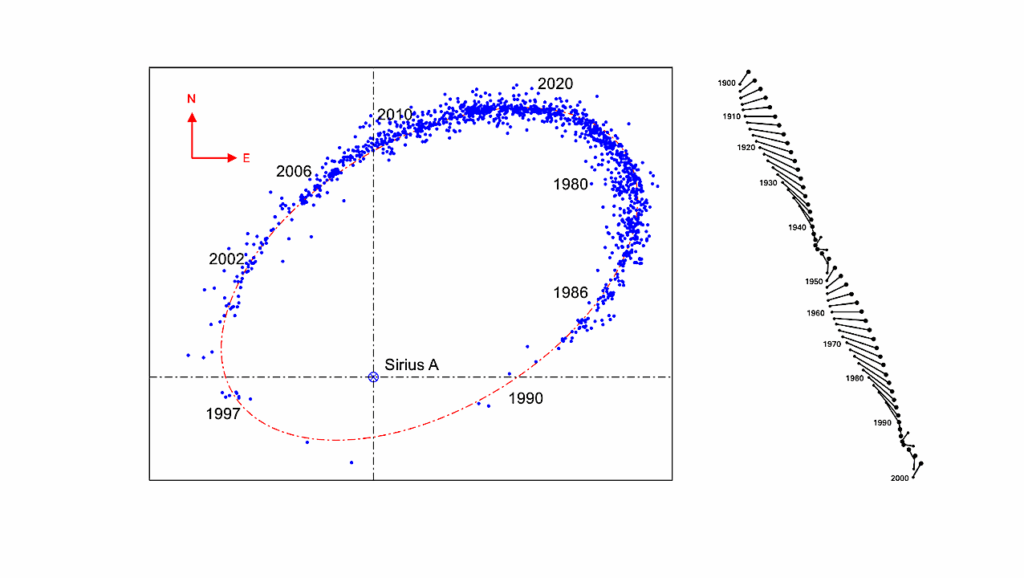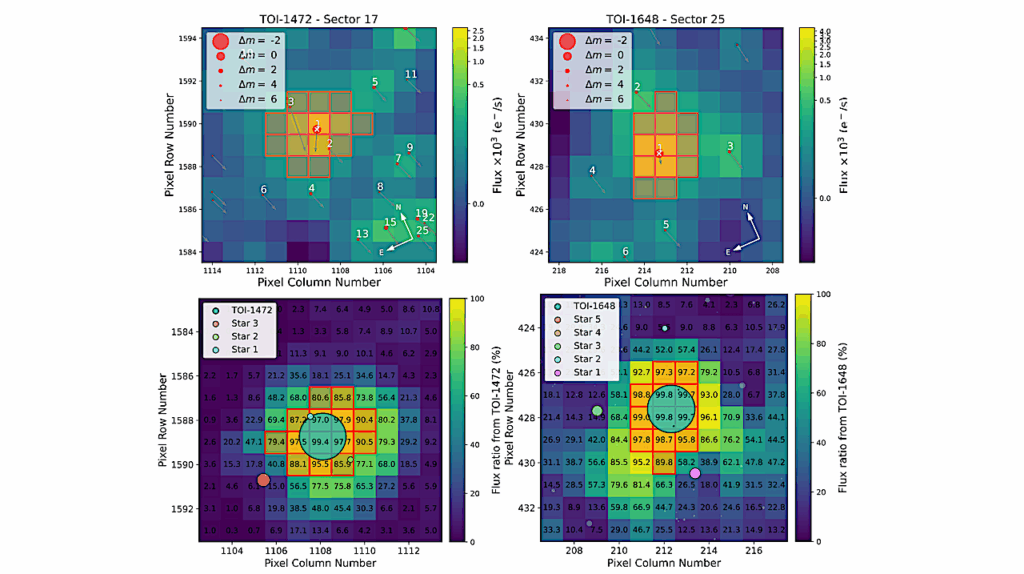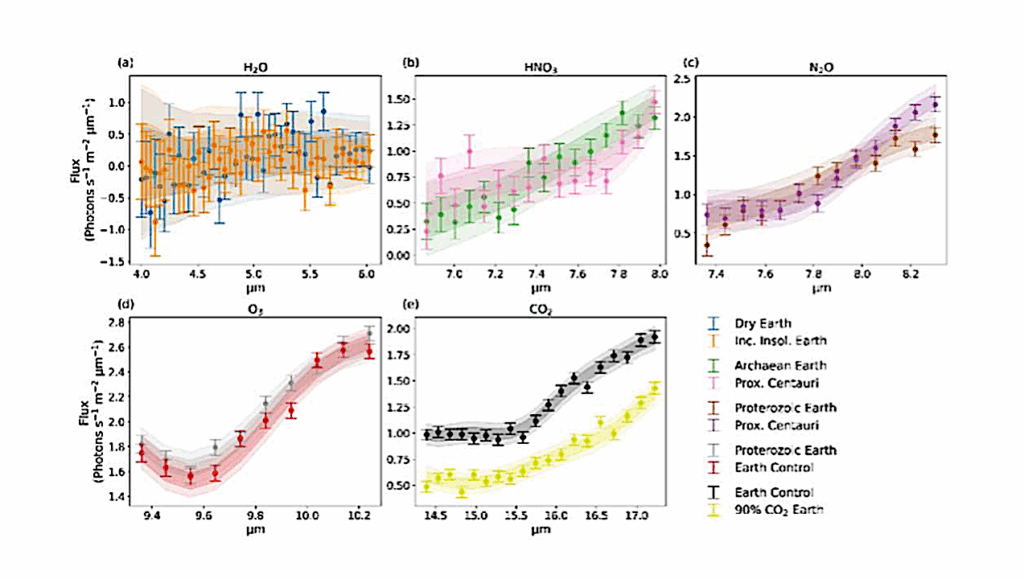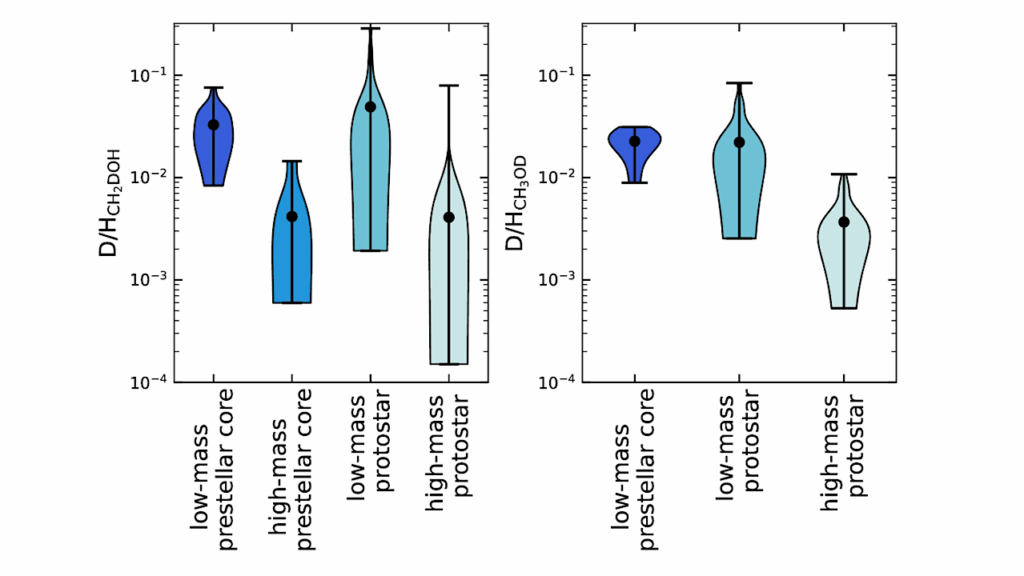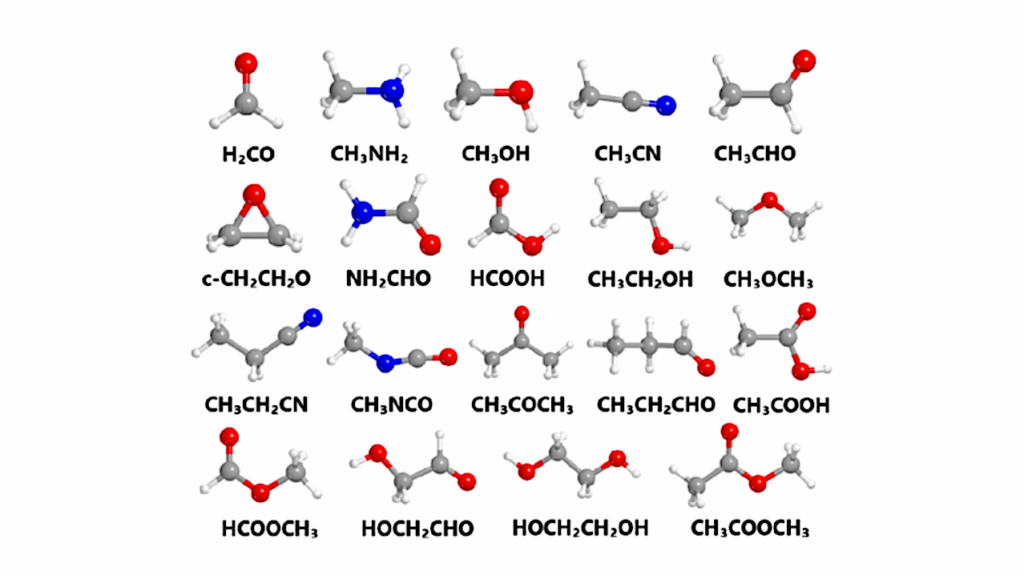Could A Kilonova Kill: A Threat Assessment

Binary neutron star mergers (BNS) produce high-energy emissions from several physically different sources, including a gamma-ray burst (GRB) and its afterglow, a kilonova, and, at late times, a remnant many parsecs in size. Ionizing radiation from these sources can be dangerous for life on Earth-like planets when located too close.
Work to date has explored the substantial danger posed by the GRB to on-axis observers: here we focus instead on the potential threats posed to nearby off-axis observers. Our analysis is based largely on observations of the GW 170817/GRB 170817A multi-messenger event, as well as theoretical predictions.
For baseline kilonova parameters, we find that the X-ray emission from the afterglow may be lethal out to ∼5 pc and the off-axis gamma-ray emission may threaten a range out to ∼4 pc, whereas the greatest threat comes years after the explosion, from the cosmic rays accelerated by the kilonova blast, which can be lethal out to distances up to ∼11 pc.
The distances quoted here are typical, but the values have significant uncertainties and depend on the viewing angle, ejected mass, and explosion energy in ways we quantify. Assessing the overall threat to Earth-like planets, have a similar kill distance to supernovae, but are far less common. However, our results rely on the scant available kilonova data, and multi-messenger observations will clarify the danger posed by such events.
Haille M. L. Perkins, John Ellis, Brian D. Fields, Dieter H. Hartmann, Zhenghai Liu, Gail C. McLaughlin, Rebecca Surman, Xilu Wang
Comments: 21 pages, 5 figures. Comments welcome
Subjects: High Energy Astrophysical Phenomena (astro-ph.HE); Solar and Stellar Astrophysics (astro-ph.SR)
Report number: KCL-PH-TH/2023-55, CERN-TH-2023-190
Cite as: arXiv:2310.11627 [astro-ph.HE] (or arXiv:2310.11627v1 [astro-ph.HE] for this version)
Submission history
From: Haille Perkins
https://arxiv.org/abs/2310.11627
Astrobiology


